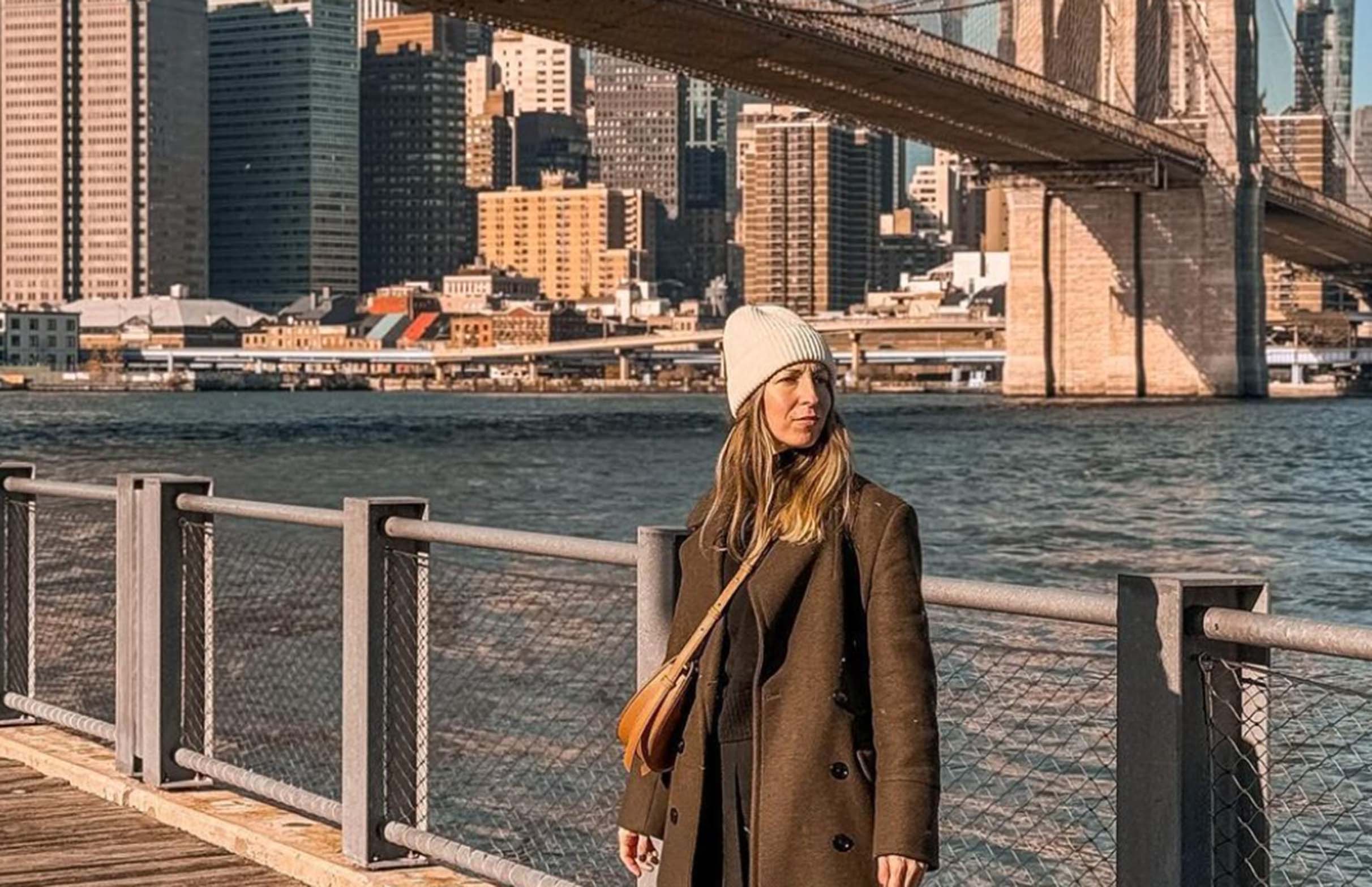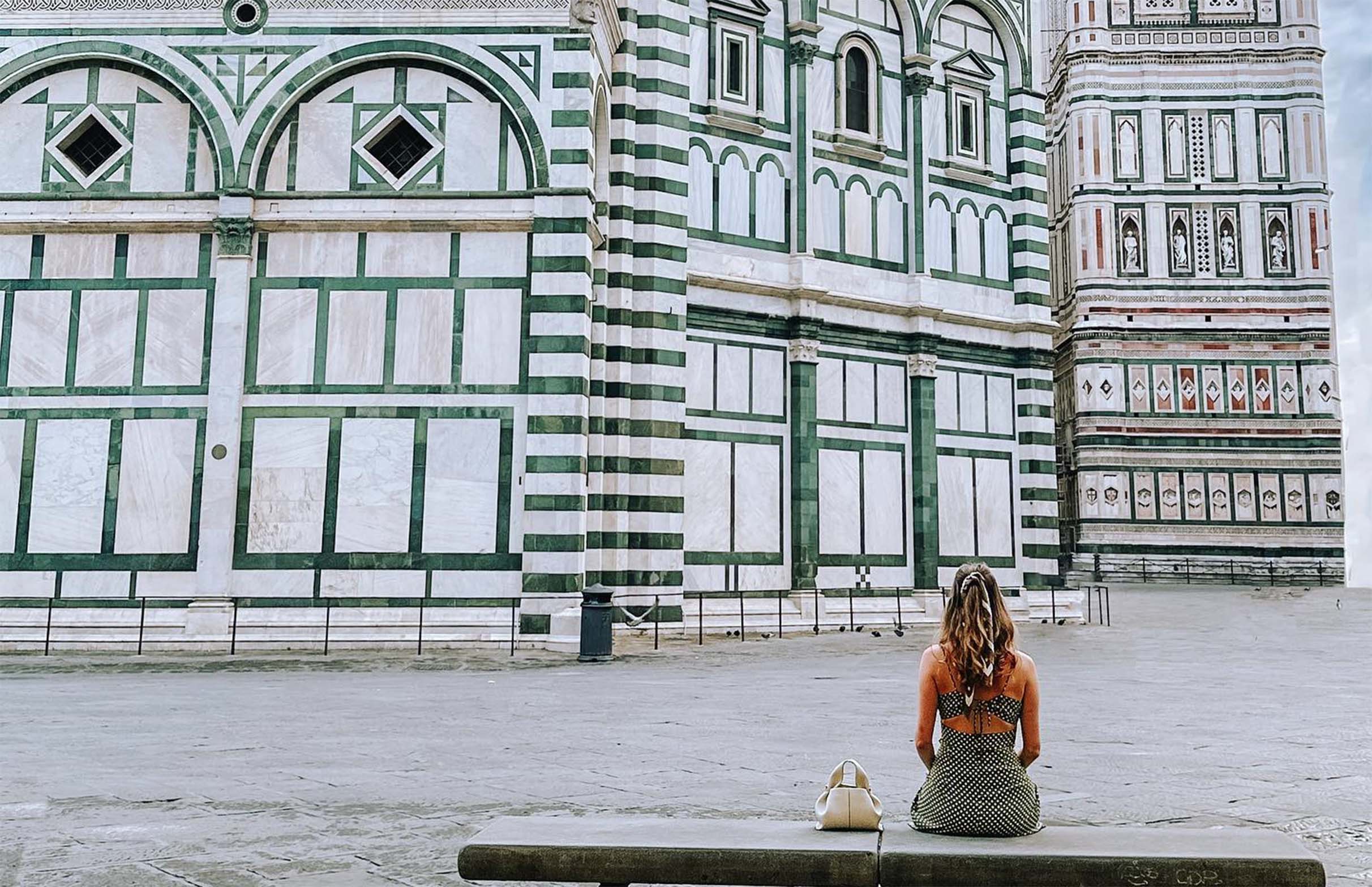I’ve come to realize that the essence of wanderlust lies not just in the destinations we explore but in the artistry of capturing those moments through photography. Join me as I share my top tips for taking your own travel photos, dispelling the notion that a professional camera is a prerequisite and highlighting the importance of a sturdy tripod in unlocking the potential for stunning shots. From embracing the magic of sunrise to mastering the timer function, these insights have been curated through my own experiences, making each adventure a visual narrative that transcends mere documentation. As we delve into the intricacies of solo travel photography, let’s unlock the secrets to creating captivating memories that resonate and inspire.
1. You Don’t Need a Professional Camera, But a Sturdy Tripod is Essential
In challenging the common misconception that extraordinary travel photos necessitate the use of a high-end camera, I place a spotlight on the indispensable role of a sturdy tripod in capturing sharp and clear shots. The significance of this tool becomes even more apparent when faced with demanding conditions, such as low-light settings or when experimenting with long exposure.
My personal experience has revealed that investing in a high-quality tripod has remarkably elevated the quality of my travel photography. The stability it provides is a game-changer, allowing me to achieve the kind of clarity and precision that can be elusive in dynamic environments. The psychological comfort derived from knowing that my shots are anchored by a reliable support adds a layer of confidence to my photographic endeavors.
However, it’s crucial to note that the strategic placement of the tripod demands mindfulness, especially in bustling areas. Regrettably, not everyone may extend the same level of respect to a tripod setup as they would to an individual actively taking photos. Beyond the risk of unintentional disturbances, there are safety concerns that arise when setting up equipment in crowded spaces.
Navigating through these considerations has been a part of my learning curve as a photographer. I’ve become attuned to choosing locations where my tripod is less likely to be a hindrance to others, all while ensuring the safety of both my equipment and the surrounding individuals. This heightened awareness has added a practical dimension to my photographic pursuits, prompting me to strike a delicate balance between capturing the perfect shot and being considerate of the environment.
Ultimately, the tripod has become more than just a piece of equipment—it’s a reliable companion that contributes to the technical excellence of my travel photos. As I continue to refine my skills, the lessons learned from utilizing a sturdy tripod extend beyond the realm of photography, teaching me the importance of adaptability and courtesy in the pursuit of my passion for capturing the beauty of the world.
2. Sunrise Magic: Rise Early for Iconic Shots
For individuals aspiring to capture the exquisite beauty of renowned landmarks without the intrusion of crowds, I strongly advocate the practice of waking up at sunrise. This personal recommendation stems from my own experiences and the profound impact it has had on enhancing the quality of my travel photography.
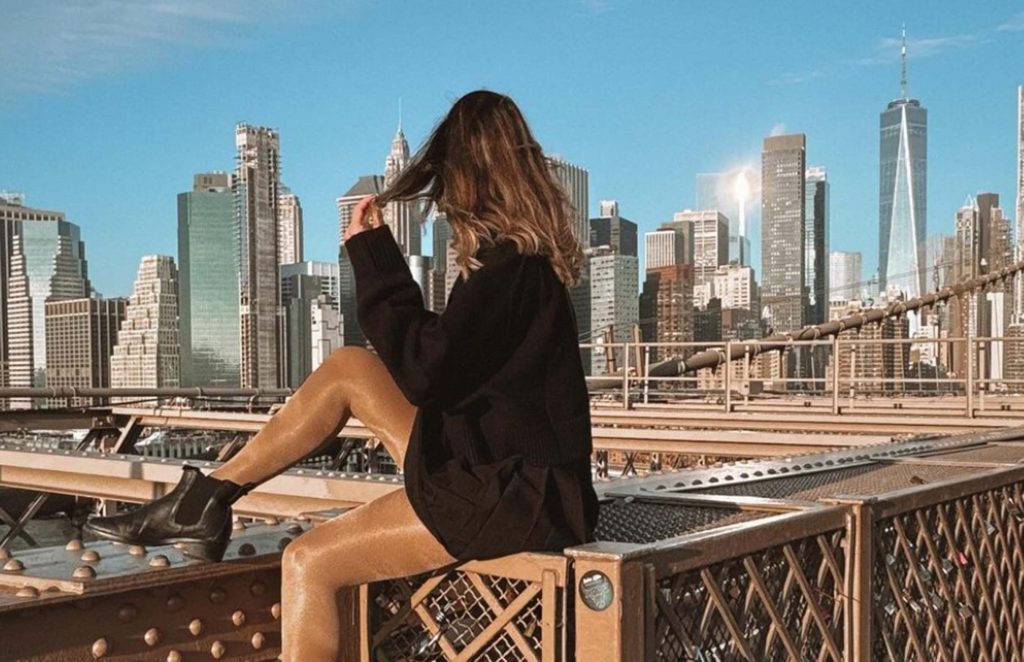
The decision to rise early, often before the world awakens, is rooted in the understanding that the golden hour of sunrise presents an unparalleled opportunity for creating visually stunning and evocative images. The early morning light casts a warm and gentle glow, enveloping iconic landmarks in a magical ambiance that is simply unparalleled. The soft hues of dawn infuse a sense of tranquility, creating a canvas where shadows play gracefully, and textures are accentuated, adding depth to the captured scenes.
Beyond the aesthetic appeal, there is a practical advantage to embracing the early hours of the day. The decreased likelihood of encountering bustling crowds allows for an unobstructed view of the landmark, affording a unique perspective that may be challenging to achieve during peak tourist hours. This solitude not only enhances the overall photographic composition but also fosters a personal connection with the landmark, enabling a more immersive and contemplative experience.
The psychological impact of capturing these landmarks without interference from fellow tourists is significant. It instills a sense of accomplishment, as the quest for that perfect shot becomes a solitary endeavor, guided by the delicate interplay of light and shadows. The solitude also allows for a more intimate connection with the surroundings, enabling a deeper appreciation for the architectural nuances, historical significance, and overall atmosphere of the landmark.
However, the act of waking up at sunrise for photography is not without its challenges. It requires a degree of discipline and commitment, as the allure of a warm bed may tempt even the most dedicated photographers. Yet, the rewards of witnessing the world slowly coming to life, the silence interrupted only by the soft clicks of the camera shutter, create a unique and serene experience that amplifies the joy of capturing extraordinary moments.
In essence, the recommendation to wake up at sunrise for capturing iconic landmarks is not merely a practical tip but a testament to the transformative power of early morning light on both the visual aesthetics of the photograph and the personal experience of the photographer. It’s an invitation to embark on a journey where time seemingly stands still, and the beauty of the world unfolds in its purest and most undisturbed form.
3. Timer Function and Multiple Shots: A Winning Combination
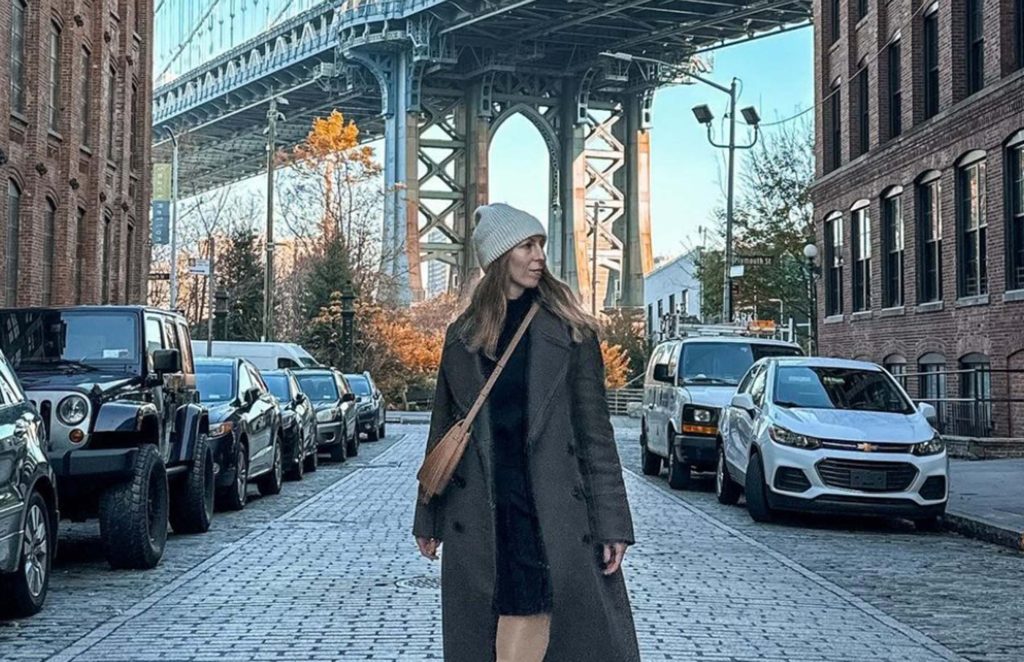
In my quest to immortalize the genuine and spontaneous essence of my solo travels, I strongly advocate for embracing the timer function on your camera or phone as a strategic tool. This deliberate choice, when paired with the capability to capture multiple shots simultaneously, forms a powerful combination that guarantees a diverse collection of images, empowering you to curate the most compelling ones.
The decision to incorporate the timer function into my solo travel photography is rooted in a deep-seated desire to infuse a natural and candid feel into my visual narratives. By setting up the timer and relinquishing immediate control over the shutter button, I create an environment where the camera captures the scene autonomously. This deliberate step ensures that the moments captured are untainted by the conscious act of pressing the shutter, allowing genuine spontaneity to unfold organically. The end result is a series of images that authentically reflect the true spirit of the travel experience.
As a valuable pro tip drawn from my personal experiences, the timer + app on my phone has emerged as a reliable companion in this endeavor. Its user-friendly interface and seamless integration with the camera serve as a technological ally, streamlining the process of capturing those ephemeral and unplanned instances that often evolve into the highlights of my travel photography. This app not only enhances the practicality of using the timer function but also introduces an element of convenience, ensuring that I can focus on being present in the moment rather than grappling with technical intricacies.
In essence, the integration of the timer function into my solo travel photography is a conscious choice driven by the pursuit of authenticity. It is a deliberate effort to preserve the genuine, unscripted moments that define the richness of the travel experience. Through this approach, I not only create visually engaging narratives but also contribute to a more profound and authentic documentation of my solo journeys.
4. Practice Makes Perfect: Mastering Your Camera Settings
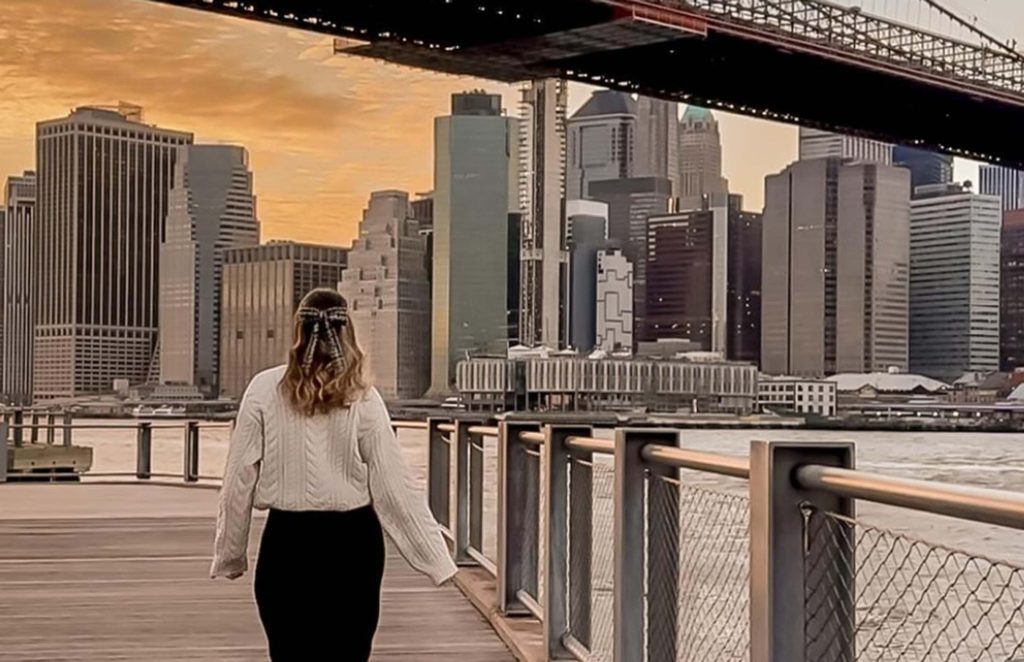
Embarking on a journey armed with the knowledge of your camera settings is a fundamental step towards achieving photographic excellence. I strongly advocate for dedicated practice sessions in local and quiet settings before setting out on a larger adventure. These sessions provide an invaluable opportunity to familiarize yourself with the intricacies of your camera, honing your skills in framing and capturing the perfect shot.
My personal approach involves exploring the various settings and functionalities of my camera to understand their impact on the final image. Adjusting exposure, experimenting with aperture and shutter speed, and practicing different framing techniques contribute to a deeper understanding of the camera’s capabilities. These moments of practice not only enhance technical proficiency but also instill confidence, ensuring that I am well-prepared to capture the essence of my travels.
Most modern cameras come equipped with user-friendly apps that facilitate practice sessions. For Apple users, the iPhone paired with the Apple Watch provides a seamless experience, allowing for remote control and preview functionalities. This technological synergy ensures that the learning curve is smooth, enabling me to focus on refining my photography skills.
Reminder: While mastering your camera settings is important, it’s equally vital to remember that the journey is about enjoying the experience. Striking a balance between technical proficiency and mindful immersion in the beauty of the surroundings enhances the overall travel photography adventure.
In conclusion, I can attest that you don’t need an elaborate setup to capture stunning travel photos. With a passion for exploration, a sturdy tripod, and a few technical tricks up your sleeve, you can create a visual narrative that not only documents your journey but also inspires others to embark on their adventures. Happy shooting!
